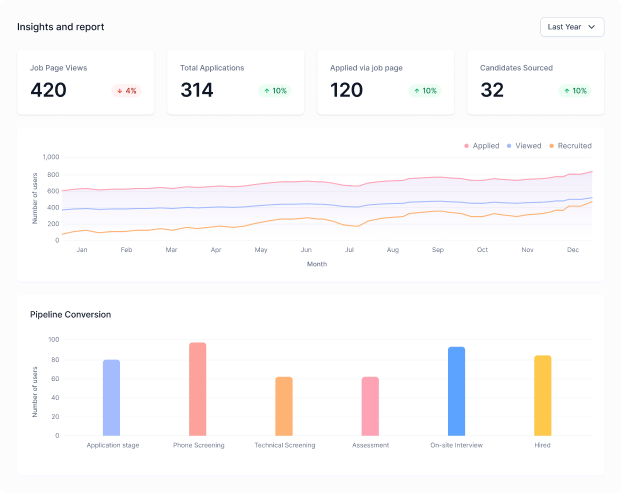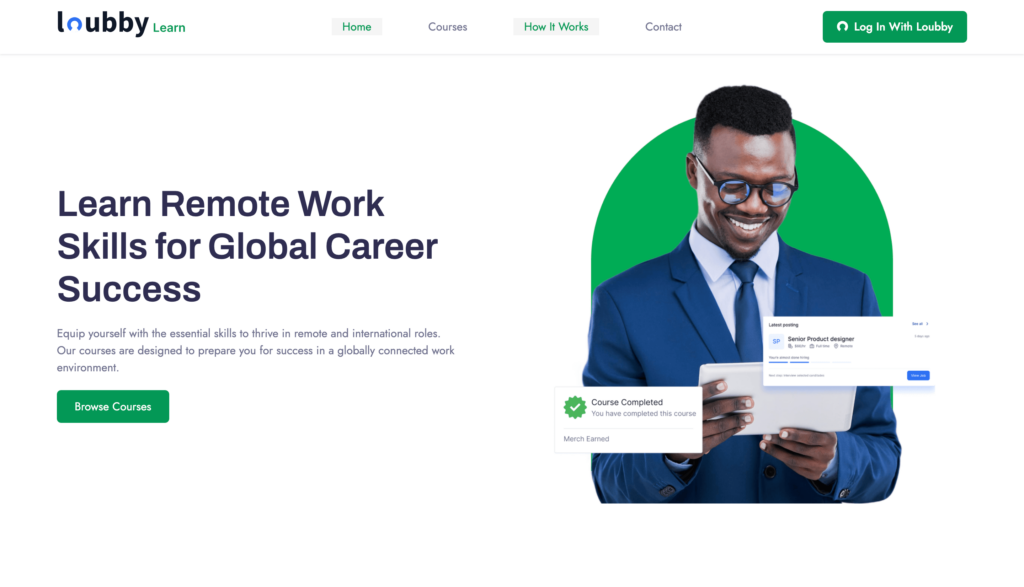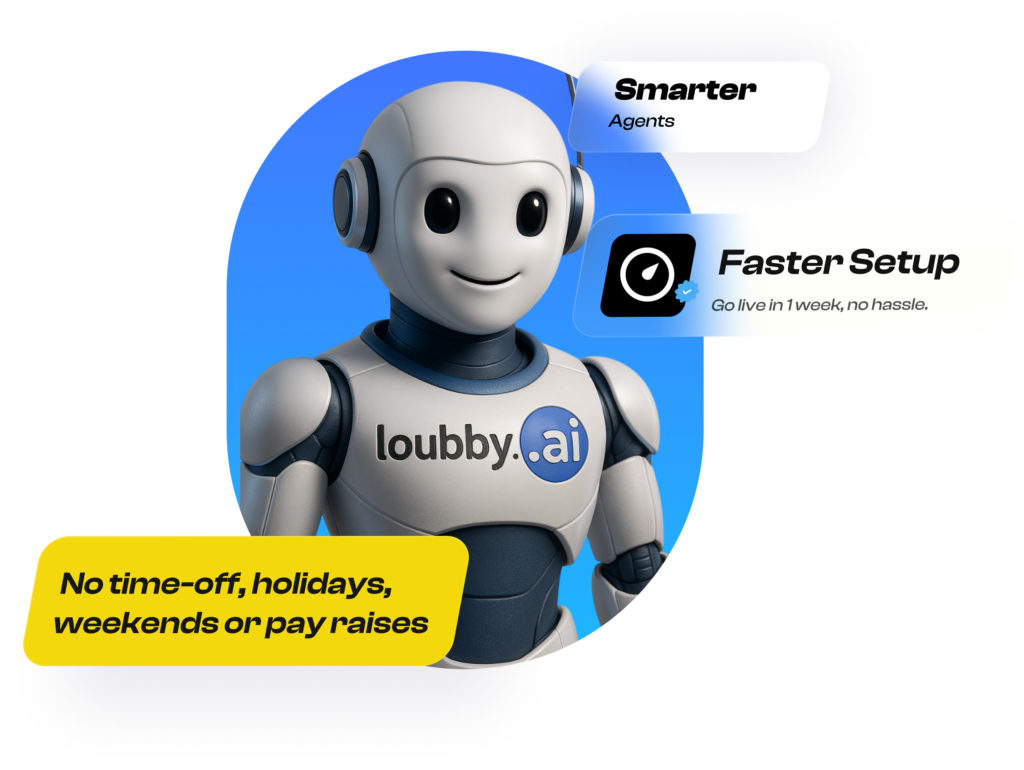“Building a high-speed talent pipeline in competitive markets is essential for businesses that want to stay ahead. If you’ve ever posted a job for a senior developer and watched as your top candidates get snapped up by competitors, you know the challenge. In this post, you’ll learn practical strategies to create a fast, efficient talent pipeline that helps you secure top talent before your rivals do.”
This happens constantly in competitive hiring markets. Building a talent pipeline solves this problem. A talent pipeline gives you access to pre-qualified candidates who are ready to interview immediately, cutting weeks off your hiring timeline. The best candidates stay available for only 10 days, but most companies take 44 days to hire.
This guide shows you how to build a talent pipeline that moves faster than your competition without sacrificing quality or burning out your team.
Why Speed Matters When Building Your Talent Pipeline
In markets like tech, finance, and healthcare, hiring speed directly determines who gets the best people. Top candidates receive multiple offers within 10 days of starting their search. If your process takes longer than that, you’re competing for second-tier talent or paying premium salaries to win bidding wars.
The math is brutal. Every day a position stays open costs companies an average of $500 in lost productivity. Multiply that across multiple roles or senior positions, and slow hiring becomes one of your biggest hidden expenses.
Speed also signals competence to candidates. When you move quickly, candidates see an organized company that values their time. When you drag things out, they assume you’re disorganized or unsure about what you need.
The Real Cost of Losing Speed
Research shows that 30% of hiring managers admit to losing their first-choice candidate because their process took too long. These aren’t edge cases. They’re regular outcomes of standard hiring practices that worked fine 10 years ago but can’t keep up today.
Beyond losing individual candidates, slow hiring damages your competitive position. Your competitors fill roles faster, ship products sooner, and capture market opportunities while you’re still interviewing. In emerging markets across Africa, where competition for skilled tech talent is intense, this speed gap can determine which companies scale and which ones stall.
The sectors hit hardest are tech, healthcare, and professional services, where demand far exceeds supply. Companies in Lagos, Nairobi, and Accra report losing candidates to international firms that move faster, even when local opportunities offer better growth potential.
What a Strong Talent Pipeline Actually Looks Like
A talent pipeline isn’t just a database of resumes. It’s a system of pre-qualified, engaged candidates who already know your company and are ready to move when opportunities open.
The difference between a talent pipeline and a talent pool matters. A pool is passive storage. You collect names and wait. A talent pipeline is an active cultivation. You build relationships, track skills, and stay in touch so that when you need someone, they’re warm and ready.
Companies with mature talent pipelines reduce their time-to-hire by up to 50%. They’re not scrambling to post jobs and hope for the right applicants. They’re reaching out to people they’ve already vetted and engaged.
Here’s what a strong talent pipeline looks like in practice. When a position opens, you already have three to five qualified candidates who fit the role. You reach out, they respond within 24 hours because they remember your brand, and you move straight to interviews. No waiting weeks for applications. No sorting through hundreds of unqualified resumes.
Step 1: Start Your Talent Pipeline with Pre-Vetted Candidates
The biggest time drain in hiring is screening. Most job posts attract hundreds of applicants, but only 10-20% are actually qualified. Sorting through that noise eats up days or weeks.
Starting with pre-vetted talent changes everything. Instead of screening from scratch, you begin with candidates who’ve already been evaluated for skills, experience, and work quality.
Platforms like Loubby AI’s Talent Hub provide access to pre-vetted African professionals with verified skills and experience. This cuts your initial screening time from weeks to hours. You focus on fit and culture instead of basic qualification checks.
Pre-vetting also improves candidate quality. When someone has gone through skills assessments and reference checks before you even see their profile, you’re working with a stronger pool from day one.
This approach aligns with the growing shift toward skills-based hiring. Rather than filtering by degrees or job titles, you look at what people can actually do. For African markets where talent learns through bootcamps, self-study, and non-traditional paths, this opens up your talent pipeline significantly.
Step 2: Use AI to Screen and Match Faster
Manual resume screening doesn’t scale. Even experienced recruiters can only process so many applications per day while maintaining quality. AI changes this equation completely.
AI-based assessments and skills-first selection identify strong prospects in advance, often before candidates even apply to specific roles. Modern AI tools analyze resumes, match skills to requirements, and rank candidates based on objective criteria.
AI-powered candidate assessments test technical skills, problem-solving ability, and role-specific competencies before you spend time on interviews. This ensures you only talk to people who can actually do the work.
Tools like Jabari, Loubby AI’s AI Recruiter, automate sourcing, job postings, and initial screening. Instead of your team manually reviewing every application, the AI handles first-pass filtering and surfaces the most relevant candidates.
The result is faster decisions based on better data. You’re not guessing based on resume formatting or keyword matches. You’re seeing objective skill assessments and compatibility scores.
Step 3: Build Your Talent Pipeline Before You Need It
Talent pipeline candidates are warm relationships, not just names in a database. The best talent pipelines involve ongoing engagement long before a job opens.
This means staying in touch with strong candidates even when you don’t have immediate openings. Send them relevant content about your industry. Share company updates and growth milestones. Invite them to virtual events or webinars.
These touchpoints keep your company visible without being pushy. When a role does open, these candidates already know who you are and what you’re building. They’re more likely to respond quickly and seriously consider your offer.
Employer brand matters too. Studies show that 50% of candidates won’t work for companies with bad reputations, even for higher pay. Your talent pipeline efforts need to include clear communication about your culture, values, and what makes your company a good place to work.
Referral programs accelerate talent pipeline building. Your current team already knows talented people in their networks. Make it easy for them to refer candidates and reward successful hires. These referrals typically move faster through your process because they come pre-endorsed by someone you trust.
Step 4: Streamline Your Interview Process
The average interview process takes 23 days. That’s too long in competitive markets. You need to cut this down without sacrificing the quality of your evaluation.
Start by using structured interviews. Every candidate gets asked the same core questions, making it easier to compare responses fairly. This speeds up decision-making because you’re working from consistent data.
Reduce the number of interview rounds. Many companies default to four or five rounds out of habit, not necessity. For most roles, you can make confident decisions with two to three well-designed conversations.
AI interviewers like Dara conduct autonomous, structured interviews that analyze responses in real time. This gives you immediate feedback and scoring, helping you identify top candidates faster. The AI handles initial screening interviews while your team focuses on final conversations with the strongest prospects.
Automated scheduling eliminates the back-and-forth that adds days to your timeline. Calendar syncing tools find available times instantly without the usual email chains. When you’re coordinating with candidates across different time zones in African markets, this automation becomes even more valuable.
Step 5: Remove Bottlenecks with Automation
Hiring bottlenecks don’t just slow you down. They frustrate candidates and make your company look disorganized. Common bottlenecks include interview scheduling, feedback collection, and approval processes.
Calendar syncing and automated scheduling fix the coordination problem. Instead of sending multiple emails to find a time that works, candidates pick from your available slots and meetings get booked instantly.
In-app messaging keeps everyone on the same page. Recruiters, hiring managers, and candidates can communicate in real time within your hiring platform. This eliminates delays from people checking email sporadically or missing messages.
Approval workflows ensure hiring decisions don’t get stuck waiting for sign-offs. Define clear approval chains so everyone knows who needs to review and authorize each step. This prevents situations where offers sit on someone’s desk for days because nobody is sure who should approve them.
Scorecards standardize how you evaluate candidates. When everyone on your hiring team uses the same rubric, you can compare notes quickly and reach a consensus faster. Digital scorecards also create a paper trail that helps you refine your process over time.
Loubby AI’s Applicant Tracking System handles pipeline management, keeps candidates moving through stages, and alerts you when someone’s been stuck too long. This visibility prevents candidates from falling through the cracks and keeps your team accountable.
Common Mistakes That Kill Your Talent Pipeline
Even with the right tools, certain habits slow down your talent pipeline. Watch out for these common traps.
Too many interview rounds. Every additional round adds days or weeks. Ask yourself if you really need that fifth conversation or if it’s just become standard practice.
Poor communication with candidates. When candidates don’t hear from you for weeks, they assume you’re not interested and move on. Set expectations upfront about the timeline and stick to them.
No clear timeline or feedback. Candidates who don’t know where they stand in your process will take other offers rather than wait indefinitely.
Ignoring passive candidates. The best talent often isn’t actively job hunting. If your talent pipeline only includes active applicants, you’re missing a huge pool of qualified people.
Waiting until you’re desperate to hire. Building a talent pipeline takes time. If you start when you already have urgent openings, you won’t see the speed benefits. Start building relationships now for roles you’ll need in three to six months.
How African Markets Are Leading Talent Pipeline Innovation
Africa’s workforce is young, growing fast, and learning in ways that don’t always fit traditional education models. This creates both challenges and opportunities for building talent pipelines.
Employers in Sub-Saharan Africa report optimism about talent availability, particularly as digital infrastructure improves and more professionals gain access to training through bootcamps, online courses, and programs like Nigeria’s 3MTT initiative.
Remote work has opened global opportunities for African tech talent. Companies worldwide are building talent pipelines that include developers, designers, and data professionals from Lagos, Nairobi, Accra, and Kigali. These professionals bring strong technical skills at competitive rates, making them attractive for companies looking to scale efficiently.
Tech hubs across the continent are producing job-ready talent faster than traditional universities. Platforms that connect employers directly with these trained professionals help companies build talent pipelines without geographic limitations.
For context on workforce trends across emerging markets, the World Economic Forum’s Future of Jobs Report provides valuable insights into how demographic and technological shifts are reshaping talent availability.
Conclusion
Winning in competitive hiring markets comes down to speed. The companies that build strong talent pipelines get first access to the best candidates. Those who stick with slow, traditional hiring processes settle for whoever’s left.
You can hire fast without cutting corners. Pre-vetted talent pools, AI-powered screening, structured interviews, and workflow automation all help you move faster while maintaining quality.
The key is starting now. Don’t wait until you’re desperate to fill a role. Build your talent pipeline today so it’s ready when you need it.
Ready to build a high-speed talent pipeline? Book a demo with Loubby AI to see how pre-vetted candidates, AI-powered assessments, and automated workflows can help you hire faster than your competition. You can also explore our pricing options to find a plan that fits your needs.







